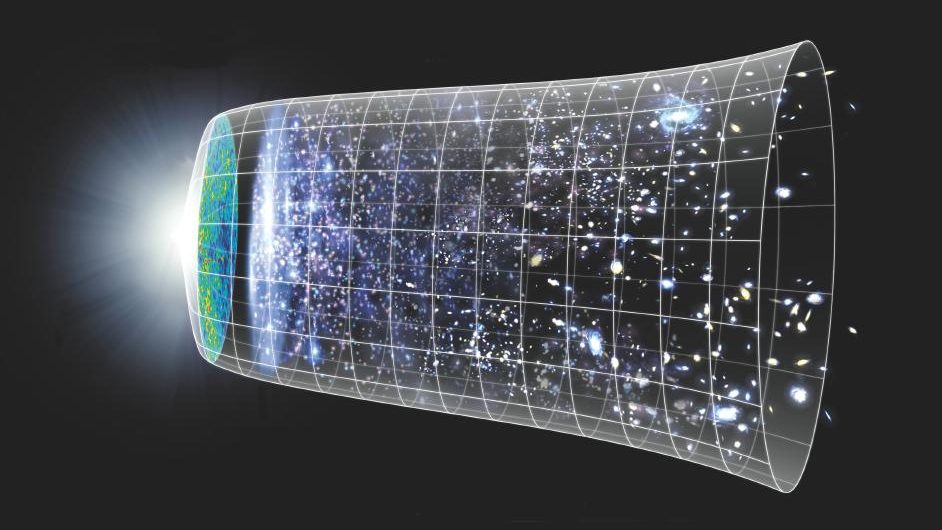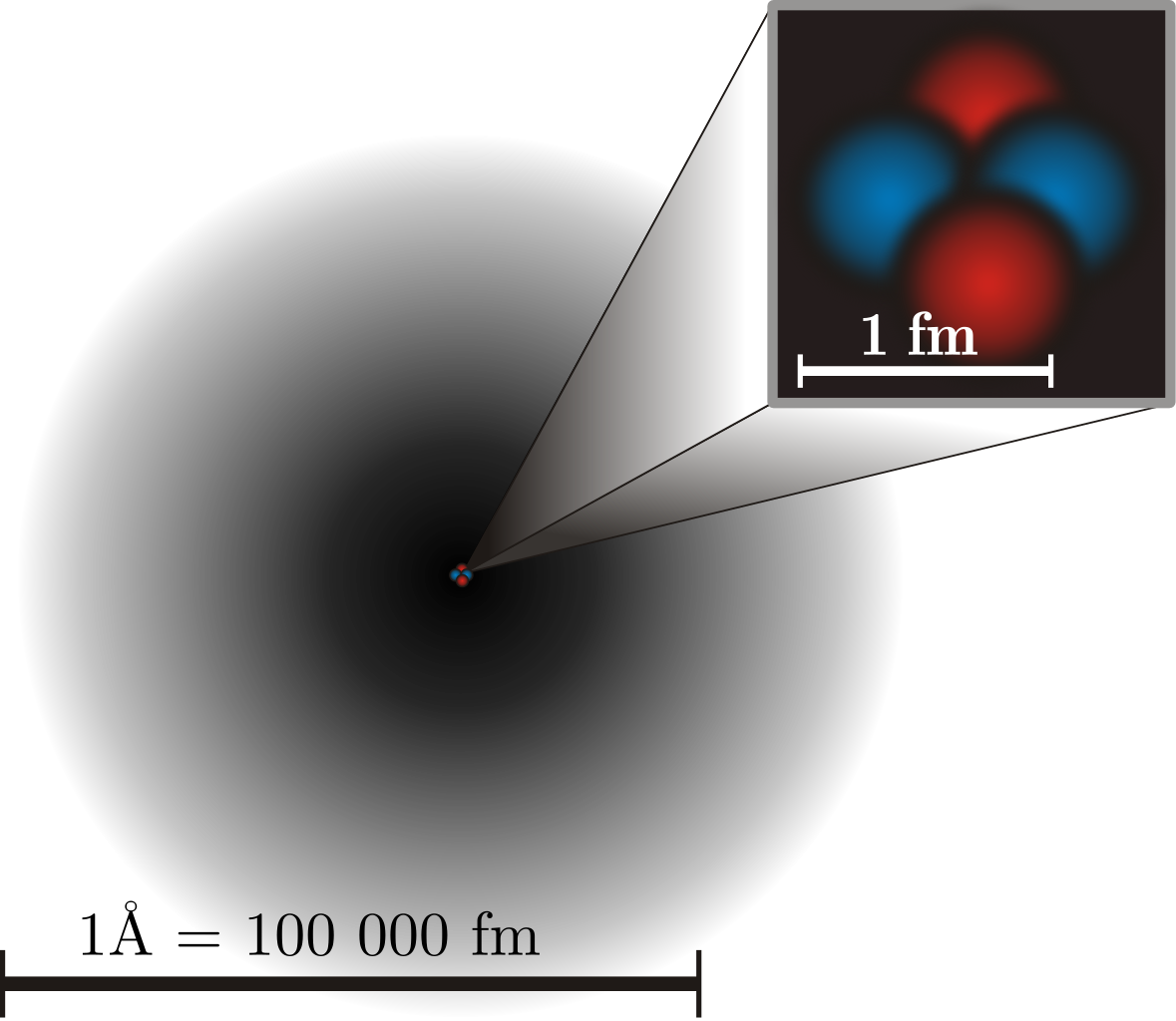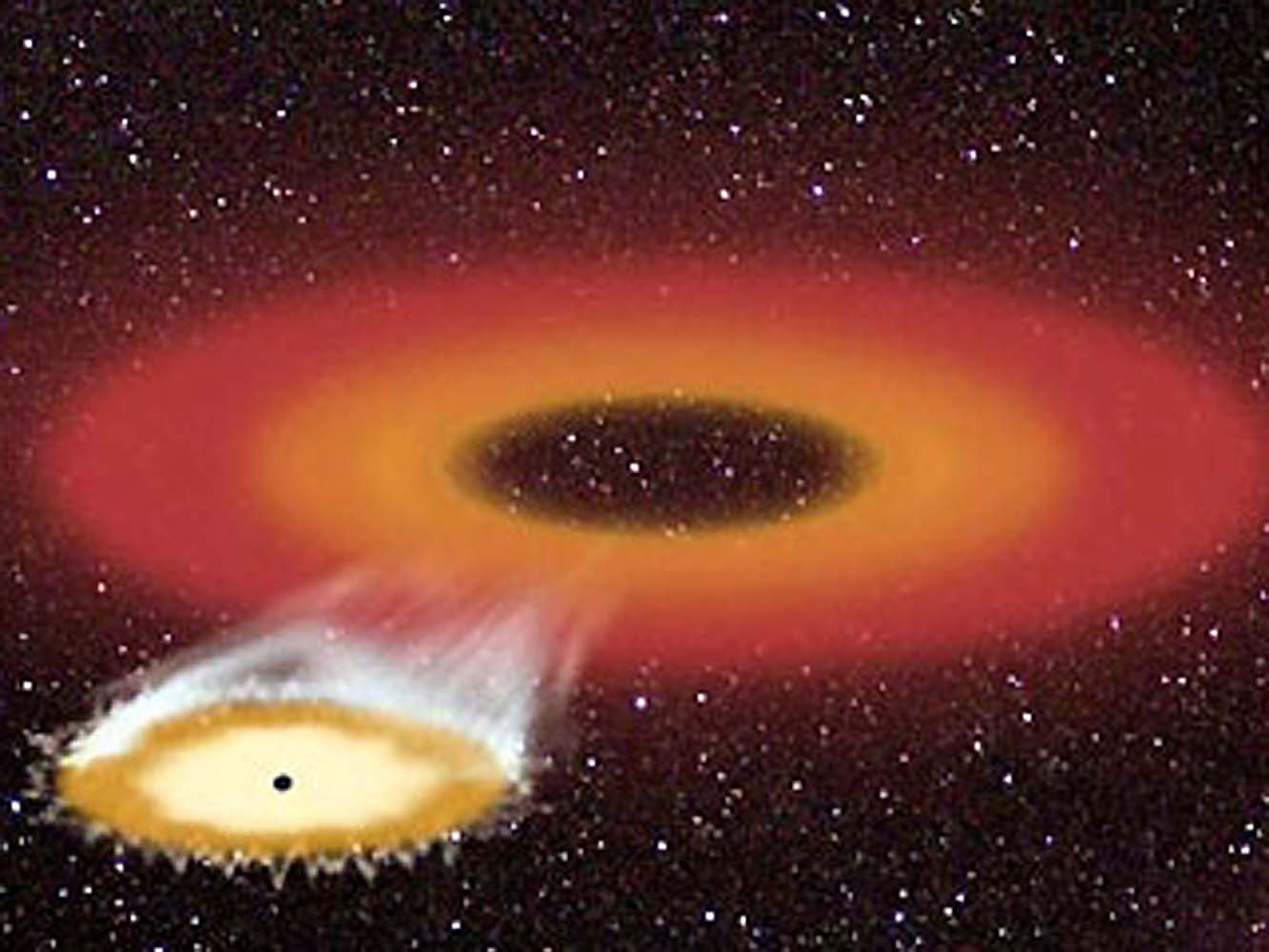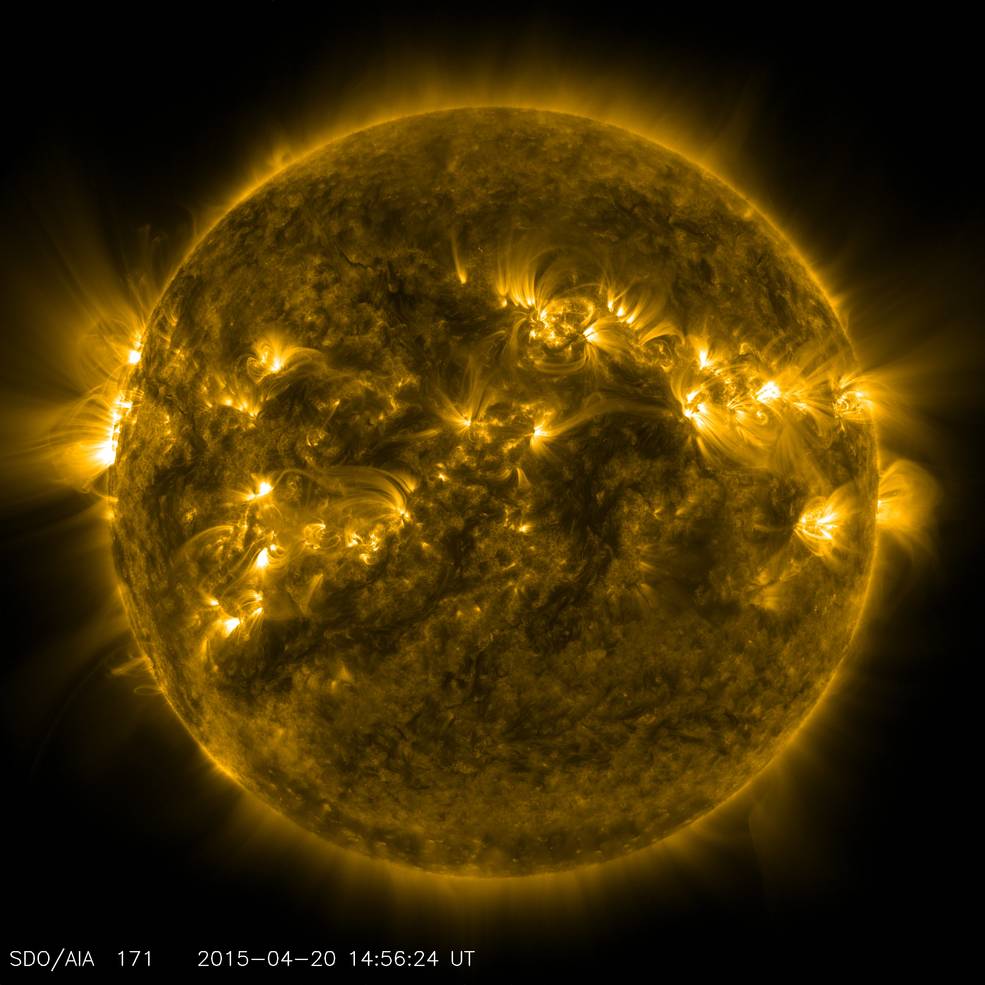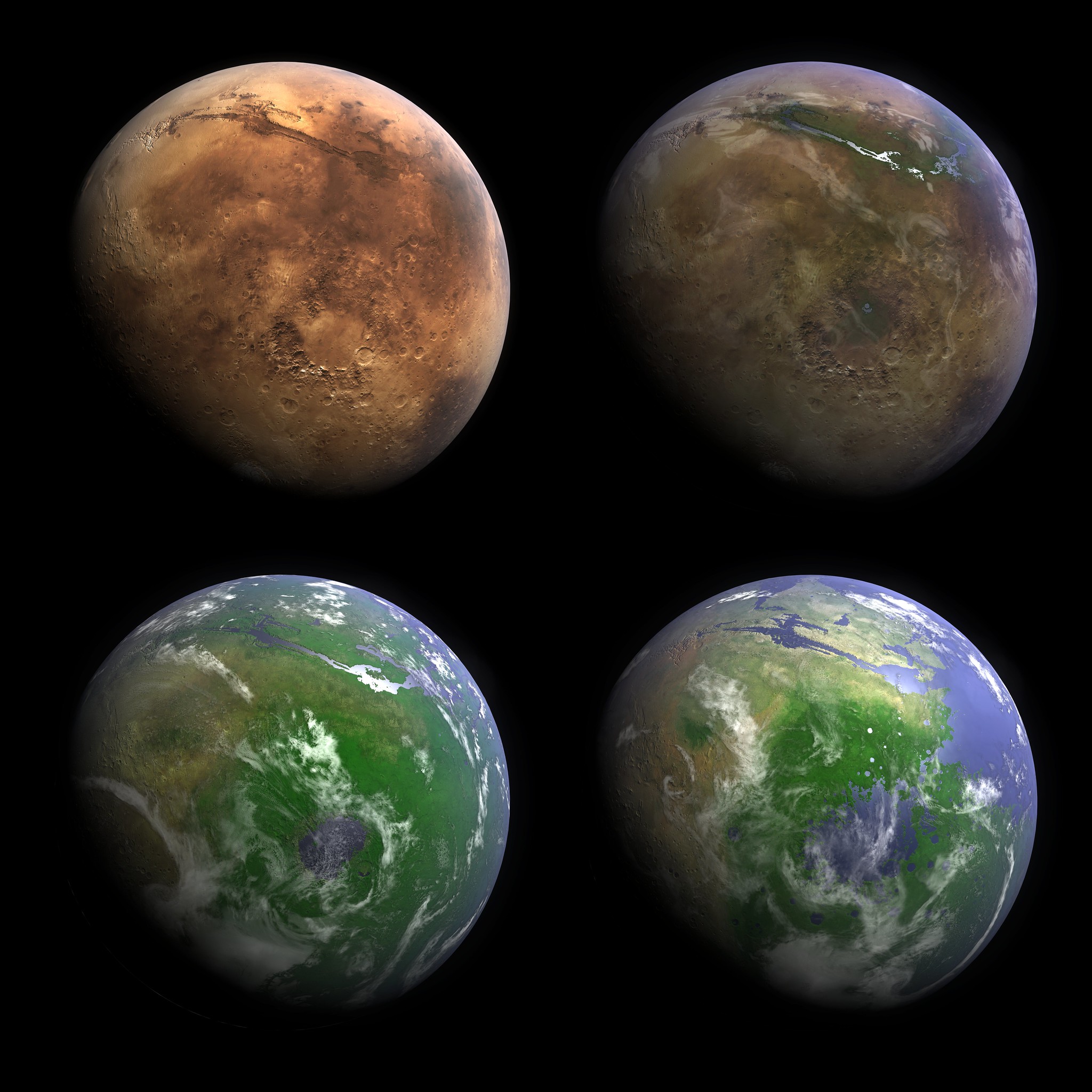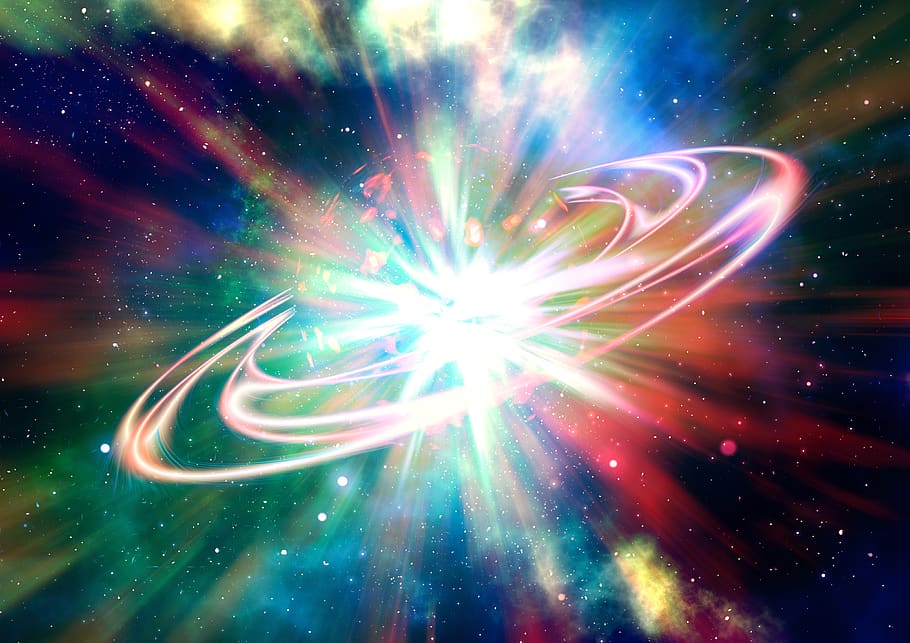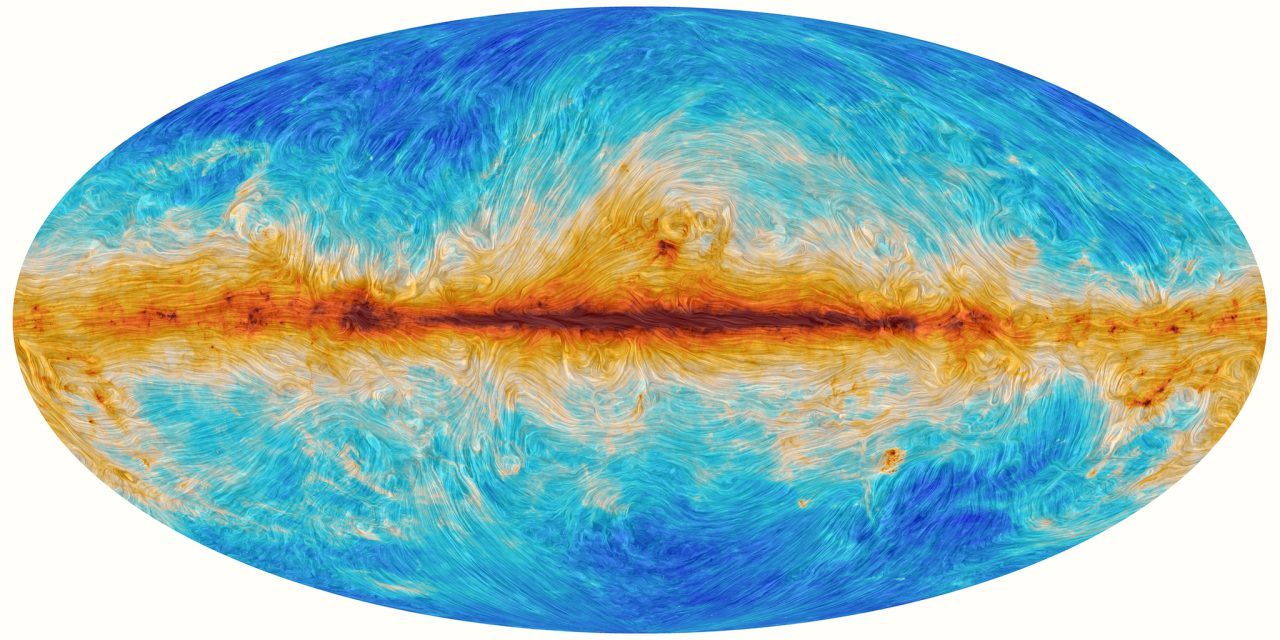
The Universe is out there, waiting for you to discover it.
Our mission: to answer, scientifically, the biggest questions of all.
- What is our Universe made of?
- How did it become the way it is today?
- Where did everything come from?
- What is the ultimate fate of the cosmos?
For countless generations, these were questions without resolutions. Now, for the first time in history, we have scientific answers. Starts With A Bang, written by Dr. Ethan Siegel, brings these stories — of what we know and how we know it — directly to you.
Get Starts With A Bang in your inbox
Featured
Why power generated through nuclear fusion will be the future, but not the present, solution to humanity’s energy needs.
It’s a strange idea to consider: that a tiny building block of matter, the atomic nucleus, holds the greatest potential for energy release.
And yet, it’s true; while electron transitions in atoms or molecules typically release energy on the order of ~1 electron-Volt, nuclear transitions between different configurations release energies a million times as great, on the order of ~1 Mega-electron-Volt.
Popular
From before the Big Bang to the present day, the Universe goes through many eras. Dark energy heralds the final one.
A wild, compelling idea without a direct, practical test, the Multiverse is highly controversial. But its supporting pillars sure are stable.
The surface and atmosphere is colored by ferric oxides. Beneath a very thin layer, mere millimeters deep in places, it’s not red anymore.
The first supernova ever discovered through its X-rays has an enormously powerful engine at its core. It’s unlike anything ever seen.
Just 13.8 billion years after the hot Big Bang, we can see 46.1 billion light-years away in all directions. Doesn’t that violate…something?
All Stories
Atomic clocks keep time accurately to within 1 second every 33 billion years. Nuclear clocks could blow them all away.
In all of human history, only 5 spacecraft have had the right trajectory to exit the Solar System. Will they ever catch Voyager 1?
Everything is made of matter, not antimatter, including black holes. If antimatter black holes existed, what would they do?
The sky is blue. The oceans are blue. While science can explain them both, the reasons for each are entirely different.
At four million solar masses, the Milky Way’s supermassive black hole is quite small for a galaxy its size. Did we lose the original?
Time isn’t the same for everyone, even on Earth. Flying around the world gave Einstein the ultimate test. No one is immune from relativity.
The idea of black holes has been around for over 200 years. Today, we’re seeing them in previously unimaginable ways.
After years of analysis, the Event Horizon Telescope team has finally revealed what the Milky Way’s central black hole looks like.
In Sun-like stars, hydrogen gets fused into helium. In the Big Bang, hydrogen fusion also makes helium. But they aren’t close to the same.
Drop sodium in water, and a violent, even explosive reaction will occur. But quantum physics is needed to explain why.
The Standard Model may or may not be in trouble, but particle physics definitely needs saving. Here’s what the new LHC can do.
Everything that gets heated up has to, somehow, radiate that energy away. Here’s what we see when that happens in the Universe.
For a thousand light-years in all directions, there’s a “bubble” that the Sun sits at the center of. Here’s the story behind it.
Probably not. Even though we’re still investigating the origin of life, the evidence suggests that cells came much later.
Most potentially hazardous asteroids remain unidentified. NEO surveyor could change that, but only if it’s funded, and soon.
Was there ever life on Mars? Is there life on Mars now? Did it originate there or here, on Earth? All possibilities are fascinating.
Look out at a distant object, and you’re not seeing it as it is today. It’s size, brightness, and actual distance are all different.
It was supposed to have a 5.5-10 year lifetime, and take 6 months to calibrate. It’s performing better than anyone anticipated.
If there are human-sized creatures walking around on other planets, would we be able to view them directly?
Two types of nanotechnology, metalenses and metamaterials, could soon make Harry Potter’s invisibility cloak a reality.
It didn’t look like anything I’d seen before, but I’d be a great fool to consider “aliens” as a reasonable possibility.
We take for granted that time is real. But what if it’s only an illusion, and a relative illusion at that? Does time even exist?
When the Hubble Space Telescope first launched in 1990, there was so much we didn’t know. Here’s how far we’ve come.
You’ve spent almost a decade gaining extremely specialized skills. But that’s ok; your value is greater than you realize.
At very high and very low temperatures, matter takes on properties that open up an entire Universe of remarkable new possibilities.
Spirals, ellipticals, and irregulars are all more common than ring galaxies. At last, we know how these ultra-rare objects are made.
The recently discovered Oort cloud comet, Bernardinelli–Bernstein, has the largest known nucleus: 119 km. Here’s what it could do to Earth.
Single objects rarely change the course of an entire scientific field. Distant object GNz7q, a galaxy-quasar hybrid, might do exactly that.
For some reason, the charges on the electron and proton are equal and opposite, and their numbers are equal, too. But why?
Forget about the terawatt lasers we’re making on Earth. This natural one is thousands of times more powerful than the Sun.




